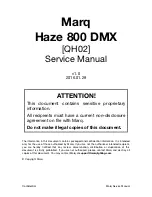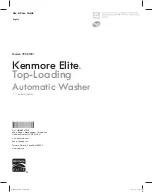
Table of Contents
Previous Page | Next Page
8
18974 (736)
Singer No. 20-2
To Fasten Off the Stitching in the Work
When it is necessary to fasten off the last
stitch in the work, stop the machine with the
needle in the work, place the fingers on the
material close to the presser foot to prevent
the work from moving, raise the presser foot
and take one more stitch in the last hole
made and stop the machine with needle bar
at its highest point; then with the left hand
draw a finger length of thread to the left
through the hole near the upper end of the
needle bar as shown in Fig. 5. With the right
hand, using a pair of scissors, draw the slack
thread to the right through the eye of the nee-
dle as shown in Fig. 6; then pull the thread
upward from the work and cut the thread
close to the goods as shown in Fig. 7. Pull
the work from you and the end of the thread
will be draw through the loop as shown in
Fig. 9.
To Change the Length of Stitch
The length of stitch is regulated by the same
lever (A, Fig. 2) under the cloth plate. To
make a longer stitch, move this lever away
from you. To make a shorter stitch, move the
lever toward you.
FIG. 8. STITCHING FASTENED AT
THE END OF A SEAM
FIG 9. STITCHING FASTENED OFF IN THE WORK
To Regulate the Tension on the Thread
The tension on the thread is automatic and
seldom requires changing. When the needle
is at its highest point, the nipper lever (3, Fig.
4) is raised and the tension on the thread is
released so as to allow the needle bar to
draw off sufficient thread for the next stitch. If
the stitches are so tight that they pucker the
material, loosen the tension by turning to the
left the thumb nut (O, Fig. 2) at the front of
the tension discs. If the stitch is too loose,
tighten the tension by turning the thumb nut
to the right.



























